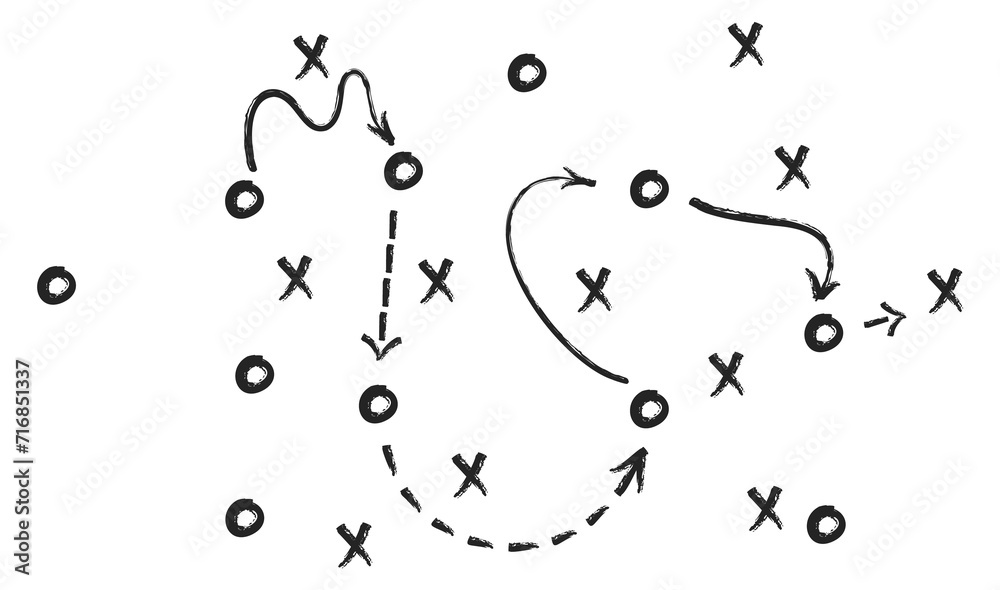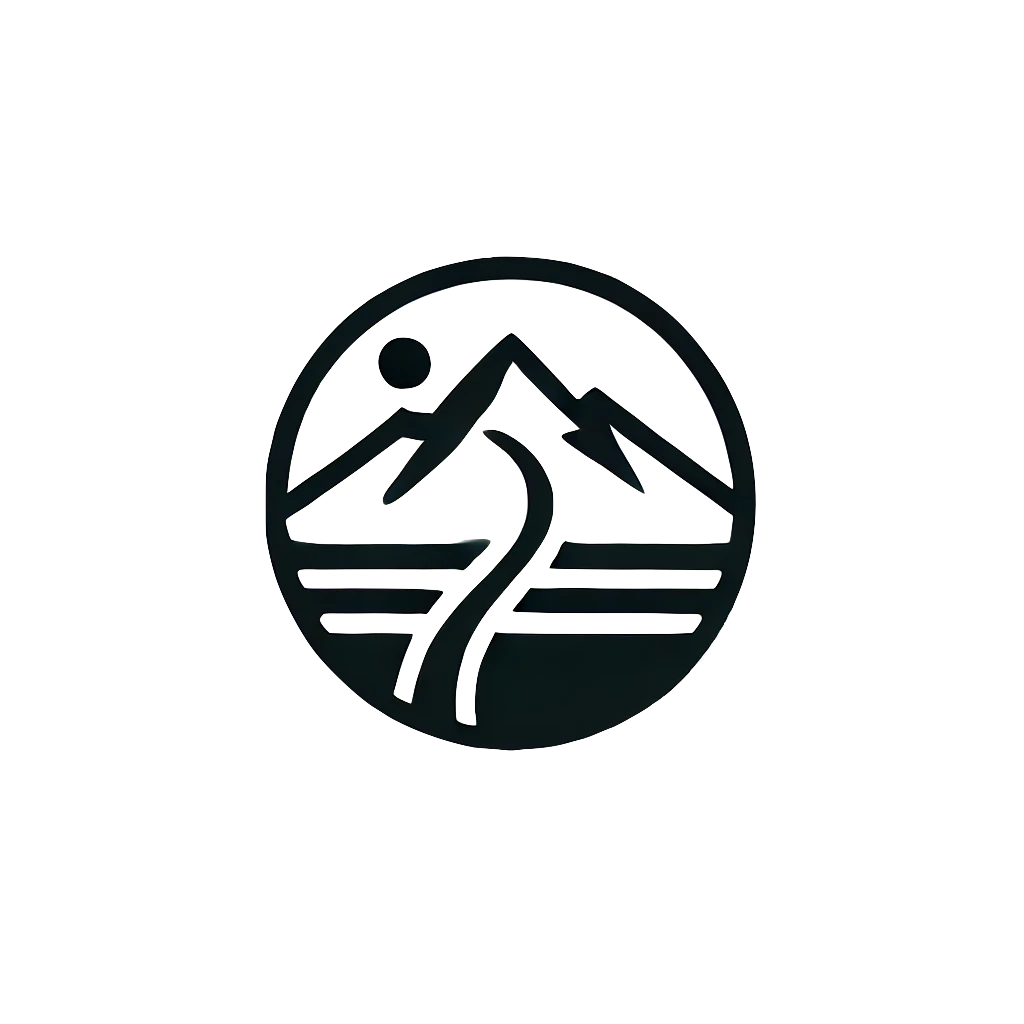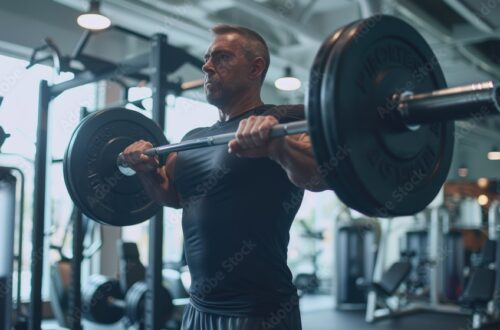
Unveiling the Phases of a Structured Fitness System
Discover a structured fitness system designed for lasting results. Learn about its Activation, Preparation, and Buildup phases to build foundational strength, master movement, and achieve diverse athletic goals.
The other day, I mentioned my intention to guide you through one of the frameworks of my system – what I call the “Preparation Frames.” The name might be a little misleading, suggesting just “preparation,” but today, I want to detail how these individual frameworks differ from each other. My aim is for everyone to understand what can be achieved within this system, how these frames fit into periodization, what physical attributes are shaped in each, and how it all plays out over a year.
I started contemplating this because I’ll soon be diving into a more detailed description of how to implement these frames. This led me to consider the core of what defines each frame: testing protocols. These tests serve two main purposes: firstly, to establish an entry threshold so you know which frame to choose, and secondly, to ensure maximum effectiveness for your specific needs.
This isn’t about artificially creating barriers or highlighting limitations. Rather, it’s about establishing a logical progression within these frames. There’s a clear sequence to follow, making it a truly structured fitness system.
Activation: The Foundational Phase of This Structured Fitness System
The first frame, which I call “Activation,” is designed for absolute beginners or individuals returning after a significant break from activity. I’m not talking about young people or children here. The entire focus of this platform and this system is on individuals in middle age – specifically, roughly between 40-60 years old. We shouldn’t shy away from saying it: if the average life expectancy is 76, then 38 is the statistical middle. This marks the lower end of middle age, extending perhaps to 60, because, in my observation, after that point, certain physical qualities can decline quite rapidly, making the level of activity I describe here potentially difficult to maintain.
The exercises I’ll discuss here aren’t just based on my personal passion or anecdotal evidence. They’re supported by statistical data and various compilations that I always strive to present across the widest possible group of people in this age bracket and over a suitable time horizon to capture trends.
Returning to the Activation frame: it primarily focuses on addressing fundamental gaps in understanding my system. This system is built on the premise that, in my opinion, a functionally fit person should possess specific attributes: adequate strength, mobility, agility, endurance, and aerobic capacity. These qualities enable effortless movement in varied terrain, not just urban environments (though they’re crucial there too!), but especially in challenging natural settings.
This frame is definitely not for someone who can’t run continuously for at least an hour. It’s also for someone who can comfortably ride a bike for 45-50 km without complete exhaustion. This means it shouldn’t feel like an enormous feat for you.
Progress & Testing: Benchmarks for This Structured Fitness System
To consistently track progress and ensure all elements are developing systematically, I’ve looked at various tests. These include the Eurofit and Worldfit tests, assessments used for military and public service candidates, and even the newest PE tests introduced in Polish elementary schools – which strikingly resemble those for public services. These are designed to evaluate how certain attributes develop in the population from an early age, tracking progress or regression, and identifying exceptionally talented individuals for future athletic endeavors.
These are the elements on which nothing will be built without a solid foundation. So, the Activation frame is where we primarily learn how to move, how to squat, and how to cycle. If these basic skills are somehow overlooked or lacking, this is where we address them. Cycling, for instance, allows me to work on so many elements of the entire program system that nothing is superfluous. Of course, initially, we might substitute outdoor cycling with stationary bikes, which don’t require balance. But it’s precisely that balance, that dynamic element, that’s crucial and often lost.
Going back to those public service tests: if you look them up, they’re not exactly easy. For those of us 40+, some aspects might remind us of socialist-era PE classes – relatively simple, multi-joint exercises. But they made sense! The Soviet school of sports, which produced countless champions, has much to teach us. We owe a lot, for instance, to periodization itself, which is now almost universally applied across all sports disciplines with certain modifications.
These tests include elements like planks (popularly known as the “plank”), or running around a cone. The cone drill might seem odd, but it’s about change of direction, agility, and the ability to avoid obstacles. It’s a kind of tactical fitness that’s vital in public services, where such agility is required. We’re not talking about the kind of fitness found in a top-tier cross-country runner, where certain physiological traits might predetermine success (e.g., specific weight or body build). The cone agility test eliminates these advantages, focusing on flexibility, mobility, agility, endurance, quick decision-making, and muscle memory for coordinated movements.
If you look at the fitness tests for special forces candidates, absolute mastery of swimming is a non-negotiable prerequisite. It’s a fundamental skill that almost anyone can master if they’re physically capable. The second crucial factor is strength and proper exercise technique. The Activation frame is precisely the moment when you must learn to perform basic exercises with correct technique. This is so that in the next phase, “Preparation,” you can start loading up – and load up quite heavily.
Preparation: Building Foundational Strength in This Structured Fitness System
This means exercises with serious weights: barbells, squats, deadlifts, pull-ups, bench presses, and overhead presses. These are elemental, multi-joint, full-body workout exercises that we’ll be doing throughout the entire Preparation frame. The goal is to ultimately achieve results in classic powerlifting that are considered “normal” – maybe not minimal, but normal for a strong and fit individual. And believe me, according to various statistical charts and compilations I’ve reviewed, these are not light weights.
Of course, we won’t be testing to failure. My system, in its core assumption, is highly individualized, focusing on training in solitude, alone, without constant external support or group training. Although, in the Activation phase, you might find that you can’t do without some support, particularly to learn proper movement patterns and correct technique for basic exercises, especially if you’ve never been to a gym. It may also require improving joint range of motion, especially in the hips and shoulders. A lack of mobility here can be a barrier to proper execution.
Naturally, for each movement we do, there’s appropriate progression. I don’t assume everyone can correctly perform these exercises, let alone under load. I don’t assume everyone possesses the strength to meet these “elementary” minimums. I myself can’t currently achieve some of these minimums, because we’re talking about very, very comprehensive training. I don’t want to use the overused word “hybrid,” but it is somewhat hybrid training.
What am I getting at? Someone who has only ever run won’t have the strength to lift their own body weight for a one-rep max squat. They won’t be able to do, say, 10 pull-ups with their chin above the bar.
Essentially, the entire Preparation frame is composed of modules that also assume progression: progression in running and progression in strength exercises, meaning increasing both the load (weight) and the volume (repetitions). So, you can continuously progress while in the Preparation phase, which is essentially open-ended – you finish when you choose to.
It culminates in both a powerlifting “triathlon” and an endurance “triathlon,” popularly known as “treadlock.” I’m talking about meaningful distances and weights here. Of course, we won’t be doing this in a race setting, as this program isn’t specifically designed to prepare for either of these events. But in my opinion, any fit person, any fit man between 40 and 50, should be able to, in a single day, swim 3500 meters, cycle 45 km, and then run 10 km. Based on what I’m saying, I’ll put these details into a table at the end. We can visualize what each phase shapes, what skills are required, and what you should aim to have achieved by the end of each frame – even if you don’t pursue it, the knowledge provides a benchmark or prompts a desire to move to the next phase.
Buildup: Event-Specific Training within This Structured Fitness System
The third phase, “Buildup,” is designed to shape selected attributes in preparation for a specific event or personal goal. While Preparation is about making our daily lives easier – so urban challenges don’t intimidate us, so we can lift heavy objects (like enormous grocery bags or our own children), so we can do physical work without getting out of breath, so we can walk up and down stairs easily, basically, so we can do everything we should without exhausting our bodies to the point where we can’t function or do anything productive in the evening – Buildup is different.
Often, when we’re exhausted, we look for the least ambitious, least demanding escapes – we scroll through social media, physically present but spiritually absent from our bodies. Buildup is precisely designed, as I mentioned, to create and shape specific qualities that enable us to compete in a particular event or achieve a demanding personal milestone. These don’t have to be extreme sports immediately. It could be a comfortable start in a half marathon, whether flat or trail, but in a way that allows us to, firstly, not just fight to finish or against a time limit, but to achieve a result that truly satisfies us – a result that places us, say, in the upper tier of our age group.
I want to avoid comparisons with “Open” categories here. None of what I propose are specialized programs for professionals aiming for first place, either in their age groups or overall. However, these are specific enough programs and approaches that can lead to very satisfying results. But crucially, in the Buildup phase, you’ve already mastered everything from the Preparation phase.
Comparison of This Structured Fitness System’s Phases
| Feature / Phase | Activation | Preparation | Buildup |
| Target Audience | Absolute beginners, those returning after long break | Individuals with a solid “Activation” foundation | Individuals preparing for a specific event/race, or high-level personal goal |
| Age Focus | Middle-aged | Middle-aged | Middle-aged |
| Primary Goal | Establish fundamental fitness: movement, basic strength, aerobic capacity; eliminate bad habits | Build foundational strength, endurance, and overall robustness for daily life and general fitness | Develop specific attributes for a chosen event/goal, achieve satisfying results |
| Key Activities | Learn proper movement patterns (squat, cycle), basic bodyweight exercises. Learn to swim, master movement patterns for strength exercises, learn to ride a bike properly. Combat bad habits (alcohol, smoking, chips). | Multi-joint strength training (barbells, heavy weights), increasing running volume & intensity, structured endurance work. No place for bad habits. | Event-specific training (e.g., trail running, specific distances), higher intensity, race simulation, peaking, specialized skill drills. |
| Typical Exercises | Bodyweight squats, cycling (outdoor/indoor), planks, basic agility drills. | Squats, deadlifts, bench press, overhead press, pull-ups, progressive running/cycling. | Long trail runs, uphill repeats, speed work, race pace efforts, specific skill drills related to the goal. |
| Outcome | Achieve: 30 min continuous run, 1hr bike ride (25km), 800m swim. This is the entry level for the next strength phase (Foundation). Ability to move freely in varied terrain, foundational strength. | Achieve “normal” powerlifting benchmarks, strong general endurance. Feel “tank-like” in daily life. By the end: 1.5km swim, 1hr continuous run (10km), 45km bike ride (2hr). | Achieve satisfying race results (e.g., upper age group placement in a trail half marathon), perform optimally for a specific goal. |
| Duration | Variable, until foundational readiness is met | Variable, ongoing progression until self-defined readiness. Open-ended. | Event-specific (e.g., 8-16 weeks prior to race) |
| Key Mindset | Learning, re-establishing basics, consistency, self-discipline | Building, challenging limits, disciplined progression | Specificity, performance, strategic peaking |
| Support Needed | May require initial guidance for technique | Can be done independently, system-driven | May benefit from specialized coaching for specific event |
| Prerequisites | N/A | Completion of Activation phase | Minimum 4 modules completed in Preparation (Year 1 of system); min 2 modules completed (Year 2+ of system). |




